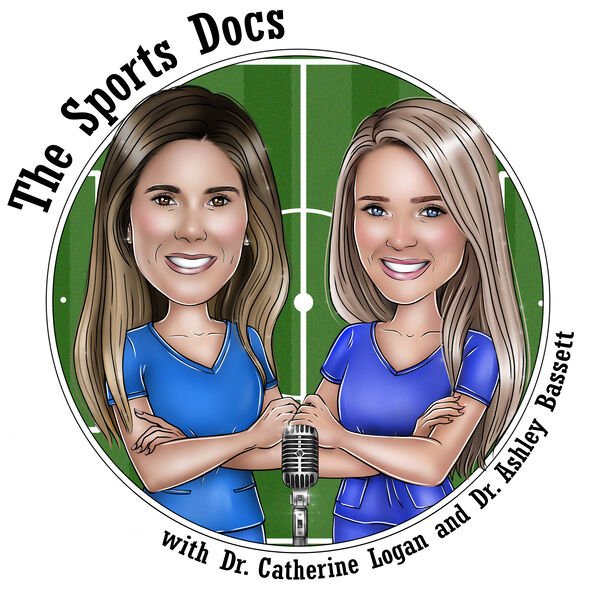10. Dr. Robin West: Return to Play After Orthopaedic Injury - Part II
We’re going to continue our discussion with Dr. Robin West and dive deeper into return to play decision making, including criteria for clearance and novel treatments to expedite return.
We’ll start our discussion today with the systematic review and meta-analysis titled Return-to-Competition Criteria After Ulnar Collateral Ligament Reconstruction from the June issue of AJSM this year. Chris Ahmad and his team at Columbia University found that there is minimal literature describing the return to play process after UCL reconstruction. There are currently no validated or universally accepted guidelines for determining when an athlete is safe to return to play. The authors found only three specific criteria across all studies. Completion of a return to throwing program was the most frequently used criterion, followed by time from surgery and lastly completion of a return to mound program for pitchers. Nine months from surgery was the most common time point used. No study mentioned return to play criteria relating to pain, motion, strength, endurance, balance, coordination or fear of reinjury.
Then, from the April 2020 issue of OJSM, we wrap up with the publication Platelet-Rich Plasma Shortens Return to Play in NFL Players With Acute Hamstring Injuries. A quick overview of PRP for our listeners. PRP is a concentrated source of platelets and growth factors, prepared by centrifuging the patient’s whole blood. PRP can be leukocyte rich or leukocyte poor, referring to the concentration of white blood cells. Selection of PRP type depends on the pathology being treated, with leukocyte rich PRP thought to be beneficial for conditions like arthritis and leukocyte poor PRP being more advantageous for acute muscle injuries.
Jim Bradley and colleagues at UPMC reported that leukocyte poor PRP injections allowed for faster return to play in athletes with grade 2 hamstring injuries, with a 1 game overall difference. There was no difference in total days missed or time to return to practice. The authors recommend using PRP with a low platelet count and low leukocyte count, as PRP preparations rich in platelets and leukocytes may lead to increased local reaction and subsequent scarring, increasing the risk of reinjury.
